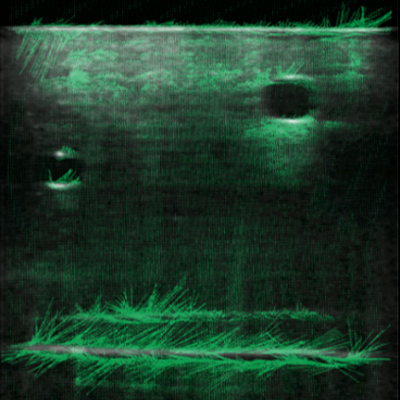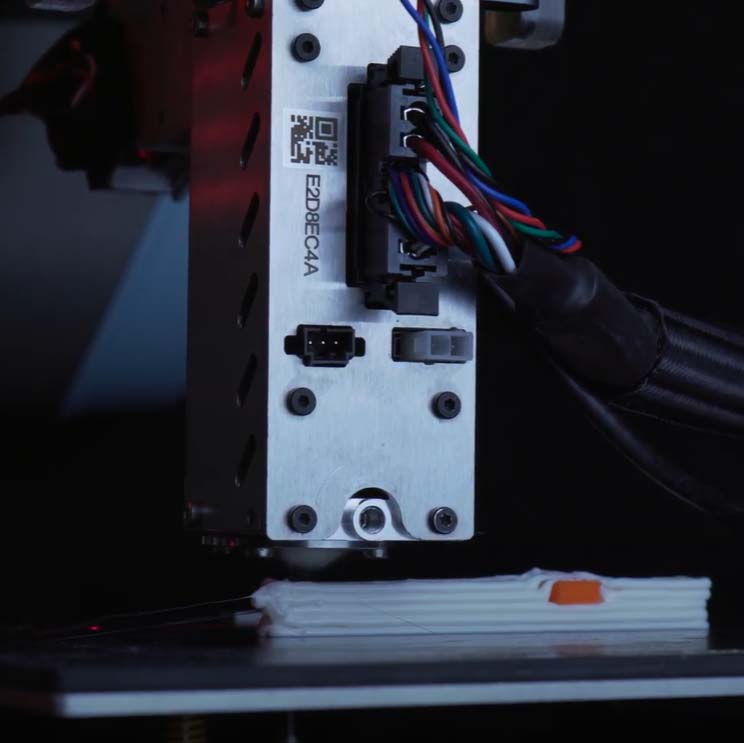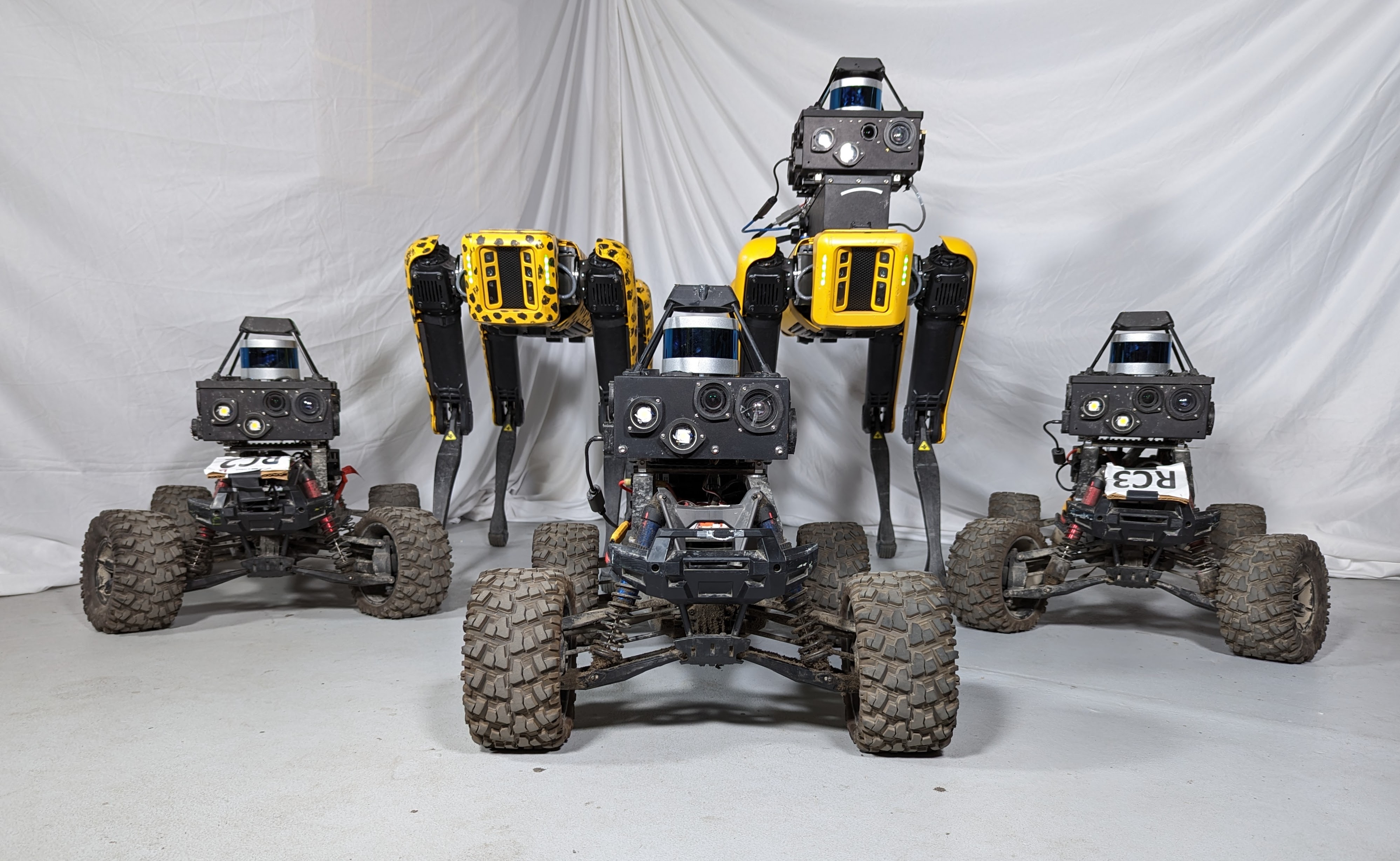Punctate Pressure

Injection site pain (ISP) is a common experience for patients, with 40% of individuals experiencing needle phobia and over 5% of these patients avoiding treatment due to concern of cutaneous discomfort. 1,2 These avoidant behaviors lead to delays in the treatment and diagnosis of life-altering conditions. This is especially prevalent within the field of dermatology, as it is the medical specialty that performs the most procedures on the skin surface, with many of these procedures using local lidocaine injections for anesthetic. 3,4 Additionally, a number of injectable biologic agents are used to treat various dermatologic conditions. 5,6 From a broader public health perspective, this needle phobia can also lead to vaccine hesitancy, making it especially relevant during the COVID-19 era. An approach to reducing ISP, and potentially attendant avoidant behaviors, is to reduce skin sensitivity by the use of non-noxious tactile stimulation, in the forms of vibration, pressure, heating, and cooling. Such stimulation has been shown to alter cutaneous sensation by patients in clinical settings.
We have created a novel device that allows us to perform psychophysical experiments in order to compare the effects of various sensory primitives on the perception of punctate pressure within an individual patient. Punctate pressure goes beyond the detection of contact, to incorporate the perception of a distinct point or shape applied to the skin. For this purpose, the device incorporates a small dowel that can be applied to the participant’s forearm at a target force. The force is controlled by the participant themself, who places the arm in a supportive device and lowers it onto the dowel. In a threshold experiment, we ask the participant to produce the minimal force that produces an impression of punctate pressure. The device used in our experiment incorporates a force sensor, and the threshold force produced by the participant is recorded in micronewtons. The device further comprises mechanisms that allow the application of counter-stimulation, including heat, cold, vibration, and pressure, at the site of the punctate pressure stimulus. This allows us to compare the effects of these interventions on the threshold for sensation of punctate pressure.


